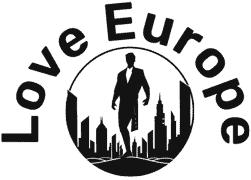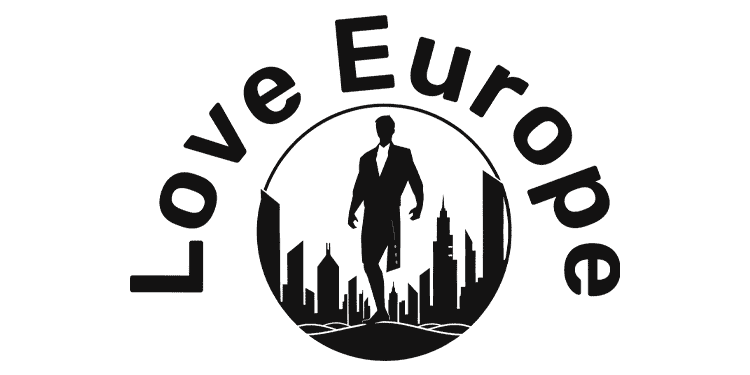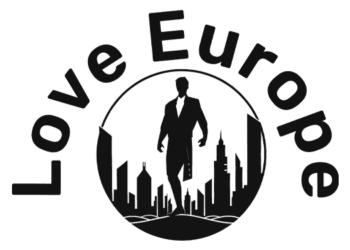The British and the French made a mess of reconstructing the Middle East out of the debris of the Ottoman empire, including committing the original sin of crowbarring a Jewish settler colony into Palestinians’ land.
Their efforts in 1919-20 to reconstruct Europe out of the collapsed Russian, German and Austro-Hungarian empires had equally disastrous long-term consequences, mainly because of their determination to punish Germany and Austro-Hungary.
To that end they dismantled their empires and deliberately imposed impossible financial penalties to try to ensure Germany would never again be in a position to pose a threat to western Europe, especially France.
The brilliant economist John Maynard Keynes resigned in May 1919 from the British delegation at Versailles in protest at the size of the reparations demanded of Germany.


♦Subscriber Exclusive: Ask our tax expert an Autumn Budget question

In November 1919 he published an astonishingly prescient book, ‘The Economic Consequences of the Peace’. In it he predicted almost exactly what would happen in the next 20 years in Germany.
So vast were the sums demanded of Germany they were only paid off in October 2010 (sic) when Angela Merkel signed a cheque for the last instalment. Though mind you, there was an interruption in payments from 1934-1947.
Still, we’re not talking economics here but borders.
US President Woodrow Wilson insisted on an end to imperialism and demanded self-determination for peoples. An inept negotiator and with his political power haemorrhaging in the US, Wilson was no match for France’s Clemenceau and Britain’s Lloyd George.
The British and French had already in 1916 decided that self-determination wouldn’t happen for Arabs. They also devised various ‘mandates’ for German colonies in Africa and the Pacific which they awarded to themselves and the USA.
No-one seemed to notice the contradiction that the British and French empires continued uninterrupted, even somewhat larger running ‘mandates’.
A Sinn Féin delegation turned up at Versailles demanding self-determination in fulfilment of Wilson’s principle, on the basis of the result of the December 1918 general election which was in effect a referendum. They had support from senior American politicians but were denied entry at the behest of the British.
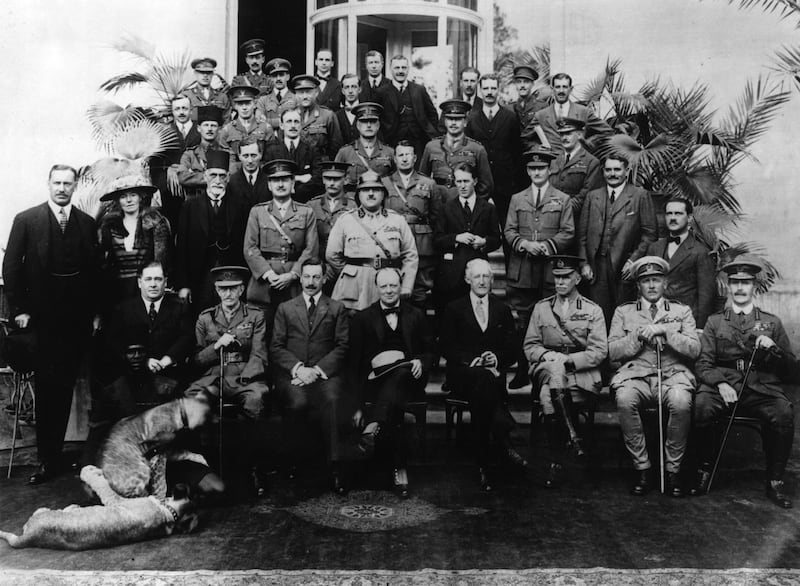 Members of the Mesopotamia Commission, set up to discuss the future of Mesopotamia at the Cairo Conference in 1921. Included are Gertrude Bell (second from left, second row), T E Lawrence (fourth from the right, second row), Herbert Samuel, 1st Viscount Samuel (left of Churchill) and Winston Churchill (centre, front row). Picture: General Photographic Agency/Getty Images (General Photographic Agency/Getty Images)
Members of the Mesopotamia Commission, set up to discuss the future of Mesopotamia at the Cairo Conference in 1921. Included are Gertrude Bell (second from left, second row), T E Lawrence (fourth from the right, second row), Herbert Samuel, 1st Viscount Samuel (left of Churchill) and Winston Churchill (centre, front row). Picture: General Photographic Agency/Getty Images (General Photographic Agency/Getty Images)
American pressure did, however, insist on the resurrection of a Polish state. The conference took the fateful decision to push Germany’s border west and Russia’s border east, returning Poland pretty well to the 1772 borders before Russia, Prussia and Austria partitioned it.
Neither Germany nor the new USSR ever accepted the new borders. Fighting between the reborn Poland and the USSR continued until 1921.
When Germany and Russia divided Poland in 1939, the new border looked remarkably similar to the one that existed before Versailles, that is, 1772.
The British and French pressed ahead with various sub-set treaties of Versailles – St Germain dismantling Austria, Trianon partitioning Hungary. They invented Yugoslavia by crunching Slovenia, Croatia, Serbia and Bosnia together.
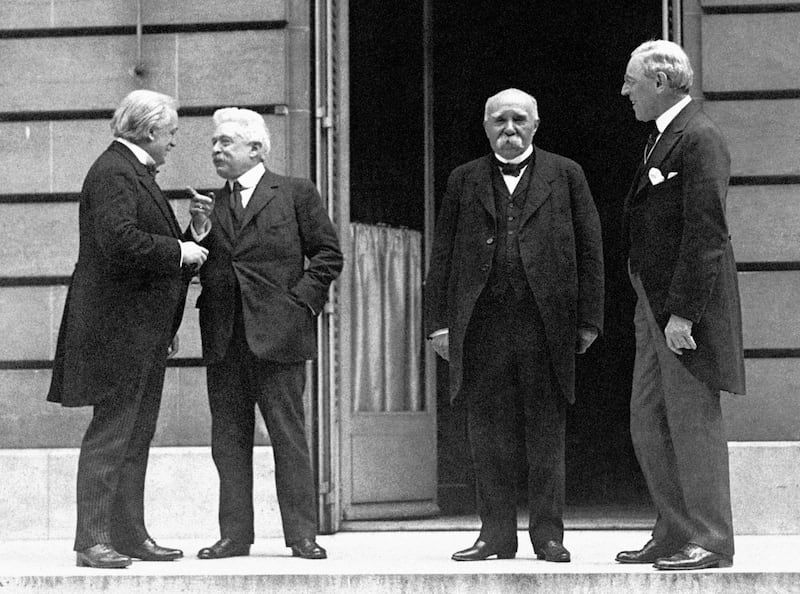 Left to right, Prime Minister David Lloyd George, Vittorio Orlando of Italy, Prime Minister Georges Clemenceau of France, and President Woodrow Wilson of the United States of America, after the signing of the official peace treaty at the Palace of Versailles (PA/PA)
Left to right, Prime Minister David Lloyd George, Vittorio Orlando of Italy, Prime Minister Georges Clemenceau of France, and President Woodrow Wilson of the United States of America, after the signing of the official peace treaty at the Palace of Versailles (PA/PA)
Self-determination of peoples, eh? That went well. The Serbs and Croats slaughtered each other during World War II.
They cobbled Czechoslovakia together from Austrian provinces, adding the industrial Sudetenland with its German majority. The Slovaks didn’t like it. They supported the Nazis against the Czechs.
They partitioned Hungary. They gave its eastern region, with two million Hungarians, to Romania. That’s why Hungary supported Germany in World War II.
In 1994, the outstanding historian Eric Hobsbawm published ‘The Age of Extremes: The Short Twentieth Century 1914-1991′. He argued that the consequences of the First World War were not resolved until the Berlin Wall came down, Germany was reunited and the collapse of communism ended the USSR.
He showed that World War I, ‘the war to end war’, settled nothing and helped provoke the even worse World War II.
Only one of the borders the British and French devised or the partitions they carved in Europe has survived intact, though Hungary/Romania almost has.
The only one, you’ve guessed it, is the British border in Ireland. Despite Wilson’s high-flown aspirations about self-determination in 1919, the British denied the Irish the self-determination they had voted for in 1918.
The British and French were the only belligerents in World War I whose empires survived intact. Both continued with appalling savagery to suppress self-determination movements in their empires until the 1960s.
:: This article concludes a recent series on borders by historian and political commentator Brian Feeney. For previous articles see www.irishnews.com/author/brian-feeney.
Source link : https://www.irishnews.com/opinion/feeney-on-friday-how-ireland-was-left-with-the-last-imperial-border-in-europe-CTOU3465PRGOLM4HM7T32XBUCU/
Author :
Publish date : 2024-10-25 05:00:00
Copyright for syndicated content belongs to the linked Source.
